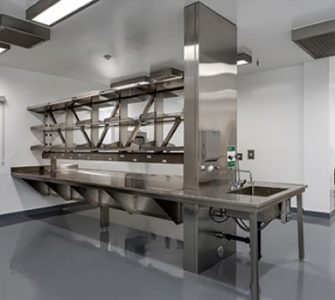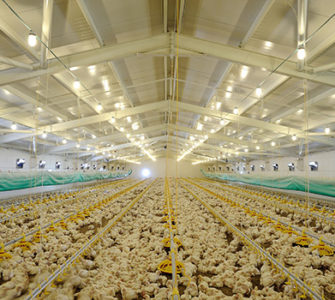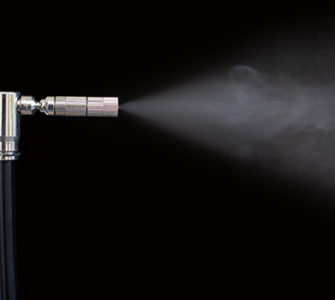Water pressure: How does it affect broilers’ consumption, performance?
Low-pressure water systems designed to reduce water usage have some poultry growers turning up the pressure to hydrate flocks and improve bird performance, but is this a sound practice economically?
That was the focus of a recent study by the University of Georgia. “Many growers are trying to increase water pressure to get more water to their birds,” Brian Fairchild, PhD, University of Georgia, told Poultry Health Today.
Together with graduate research assistant Cody Compton Brown, he looked at water usage versus water pressure in a commercial poultry barn. Then they followed up with a controlled trial at the university.
Both studies found that birds exposed to increased water pressure showed improved performance. However, wet litter problems were the trade-off.
“In the controlled trial at UGA, we were able to show that during the final week of broiler production, increased water pressure improved feed consumption, feed-conversion ratios and weight gain by 111 grams (0.24 lb), with minimal effect on litter quality,” Brown explained.
However, Brown added, increasing the water pressure can also increase litter-moisture levels, which has the potential to adversely affect paw quality.
Furthermore, Fairchild cautioned that in addition to compromising bird welfare, wet litter could increase ammonia and disease levels. “It’s best to minimize those effects whenever possible,” he said.
According to Brown and Fairchild, the trick is to limit increased water pressure to the last week or production.
“It’s important to note that the birds don’t take advantage of the extra water until the final week of production,” Fairchild said. “The difference between water usage — what goes through the water meter, and water consumption — what goes through the bird — is an important distinction.”
Posted on May 23, 2016















